In the ever-evolving world of eCommerce, the sobering reality of abandoned shopping carts poses a significant challenge for dropshipping businesses worldwide. The journey from a customer’s eager selection to the ultimate decision to abandon their cart is a crucial pivot point that demands our attention.Picture this: a potential customer lands on your impeccably designed website, adds items to their cart, and yet, moments later, abandons it without finalizing the purchase. Why does this happen? How can dropshippers turn these abandoned carts into successful sales?
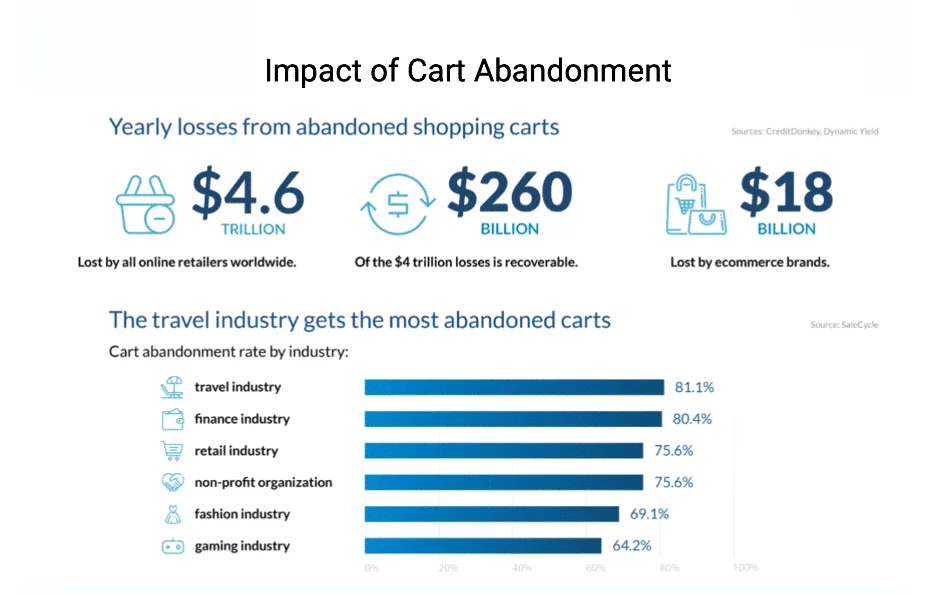
Source: Emarsys
Effects of Cart Abandonment:
- Reduced Revenue: Abandoned carts directly impact sales. Customers who abandon their carts represent missed revenue opportunities for businesses, impacting the bottom line.
- Lower Conversion Rates: Higher cart abandonment rates indicate a lower conversion rate, highlighting inefficiencies in the sales funnel and indicating a disconnect between customer interest and completed purchases.
- Impact on Customer Lifetime Value: Unchecked cart abandonment can affect customer loyalty and lifetime value. If customers repeatedly encounter issues or frustrations during the purchase process, they may be less likely to return for future purchases.
- Increased Acquisition Costs: Losing potential customers after they’ve shown interest requires businesses to invest more in acquiring new customers to compensate for the lost ones, thereby increasing customer acquisition costs.
- Negative Impact on Brand Perception: Persistent cart abandonment can reflect poorly on a brand’s reputation. Customers may perceive a lack of trustworthiness or inefficiency in the purchasing process, leading to negative brand associations.
- Data and Analytics Challenges: High cart abandonment rates can distort analytical data, making it harder for businesses to accurately gauge customer behavior, preferences, and conversion funnels, impacting strategic decision-making.
- Resource Allocation Concerns: It might lead to misallocation of resources as businesses invest in customer acquisition strategies without adequately addressing the underlying issues causing cart abandonment.
Reasons for Cart Abandonment and Combat Strategies:
1. Competitive Pricing:
Reason: Shoppers often seek better deals elsewhere, prompting them to abandon their carts in search of lower prices.
Real-Life Example: Amazon‘s renowned competitive pricing strategy is a prime example. With its price-matching policies and consistently lower prices, customers tend to abandon carts on other platforms if they find the same product at a lower price on Amazon.
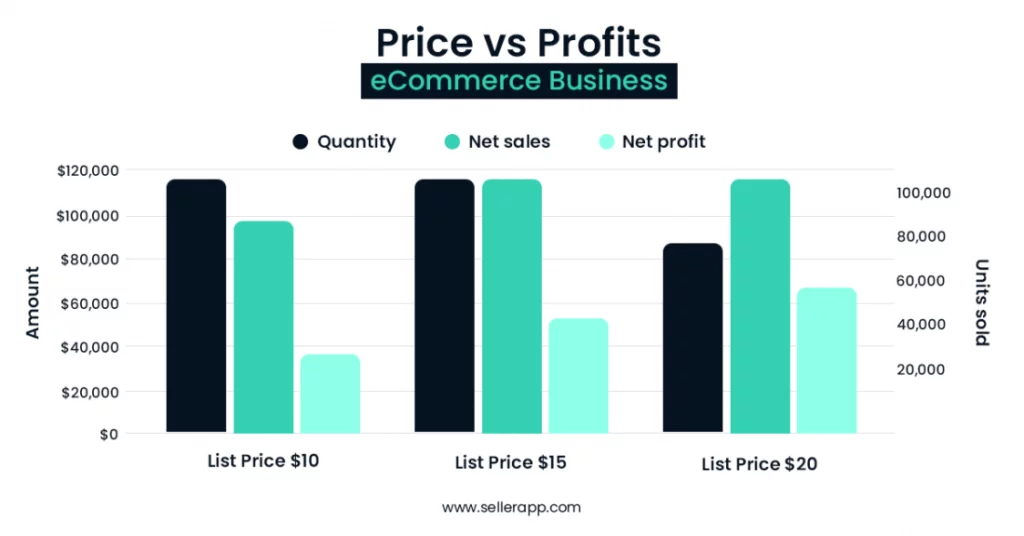
Solution: Implement strategies like price-matching or introduce loyalty programs offering price discounts. These initiatives encourage customers to complete purchases on your platform by assuring them of competitive pricing.
2. Payment Methods:
Reason: The absence of preferred payment options leads to cart abandonment as customers prefer their trusted payment gateways.
Real-Life Example: PayPal‘s widespread usage in online transactions has set a standard. If a store lacks PayPal as a payment option, customers may abandon their carts and seek platforms that offer this preferred payment method.

Solution: Integrate multiple payment gateways such as PayPal, Apple Pay, or Google Pay to accommodate diverse customer preferences, enhancing convenience and reducing cart abandonment.
3. Website Speed:
Reason: Slow-loading websites significantly impact conversions, causing customers to abandon their carts due to frustration or impatience.
Real-Life Example: Walmart‘s case demonstrated that a 2% increase in conversions occurred for every 1-second improvement in page load time. Conversely, slower sites suffered from higher cart abandonment rates.
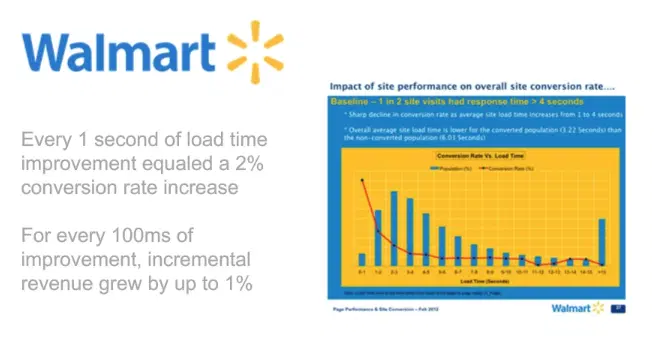
Solution: Optimize website speed by leveraging tools like Google PageSpeed Insights or GTmetrix. Improving performance leads to better user experiences, reducing frustration and abandonment rates.
4. Return Policy:
Reason: Unfavorable return policies erode trust and deter customers from making purchases.
Real-Life Example: Zappos is renowned for its customer-friendly return policy, which significantly boosts trust and encourages purchases. Conversely, sites with complicated or stringent return policies witness higher abandonment rates.
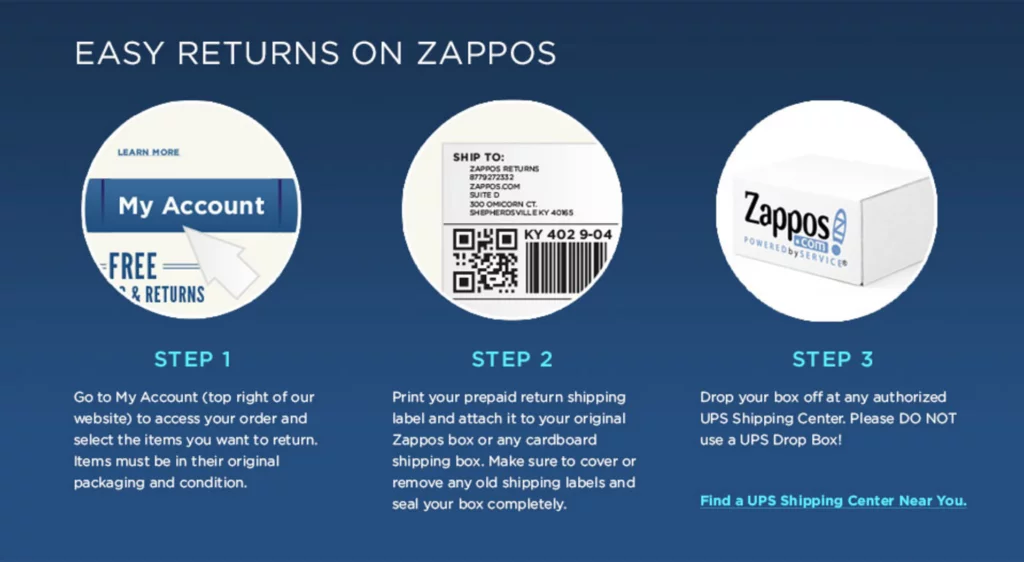
Solution: Offer clear and flexible return policies that inspire confidence in customers. Providing hassle-free returns builds trust, mitigating abandonment concerns.
5. Mandatory Account Creation:
Reason: Cumbersome account creation processes during checkout discourage first-time purchases.
Real-Life Example: ASOS initially required account creation for checkout, contributing to increased cart abandonment. However, after introducing a guest checkout option, they observed a reduction in abandonment rates.
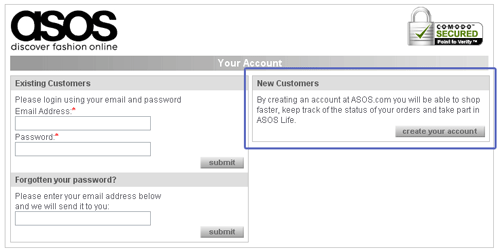
Solution: Provide a guest checkout option to streamline the purchasing process for first-time customers. Simplifying the process removes barriers, encouraging customers to proceed with their purchases.
Learn about WooCommerce customer journey optimization here.
6. Lengthy Checkout Process:
Reason: A complicated checkout process breeds customer frustration and eventual cart abandonment.
Real-Life Example: Best Buy‘s reduction of checkout steps from 5 to 3 led to a 10% increase in conversions. Simplifying the process notably reduced cart abandonment rates.
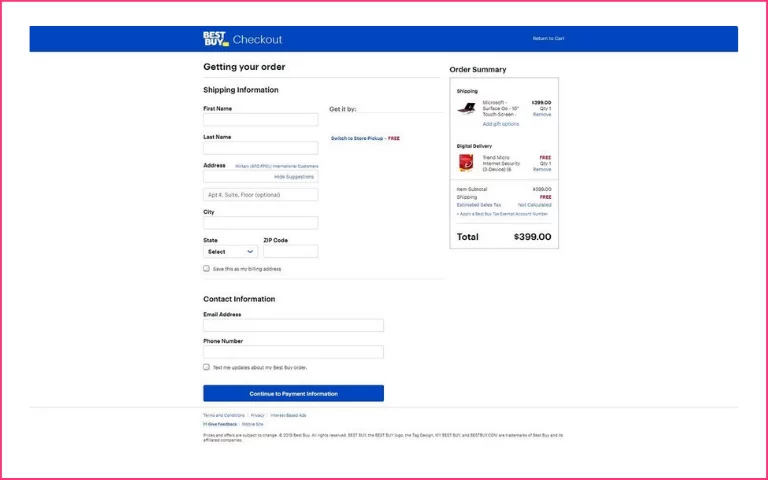
Solution: Simplify the checkout process by minimizing form fields and steps needed to complete a purchase, ensuring a smoother and more efficient transaction.
7. Unclear Pricing:
Reason: Hidden or unexpected charges within the final price at checkout prompt cart abandonment.
Example: Wayfair is an online furniture and home goods retailer. They have faced challenges related to hidden or unexpected fees during the checkout process, leading to higher rates of abandoned carts among their customer base. Through adjustments to their pricing display and transparency in cost breakdowns, they’ve made efforts to address these issues and reduce cart abandonment rates.
Solution: Display all costs clearly upfront to avoid surprises at the checkout stage, ensuring transparency in pricing for customers.
8. Additional Costs:
Reason: Extra expenses like shipping fees and taxes deter customers from completing purchases.
Real-Life Example: Nordstrom‘s implementation of free shipping thresholds encourages customers to increase their cart value to qualify for free shipping, ultimately reducing cart abandonment rates.

Solution: Offer transparent shipping costs or communicate additional expenses early in the buying process to manage customer expectations.
9. Delivery Options:
Reason: Slow delivery speeds and limited choices lead to cart abandonment.
Real-Life Example: Amazon Prime’s quick delivery and diverse shipping options have set high standards. Customers abandon carts on sites lacking express delivery options or with prolonged delivery periods.

Solution: Offer expedited shipping choices and clearly communicate estimated delivery times to provide customers with flexible and efficient delivery solutions.
10. Security Concerns:
Reason: Inadequate security measures on websites undermine shopper trust, leading to cart abandonment.
Real-Life Example: Shopify, a leading eCommerce platform, faced challenges related to cart abandonment due to security concerns. To address this, they revamped their security features, implementing SSL encryption and highlighting secure checkout, leading to a 20% decrease in cart abandonment.
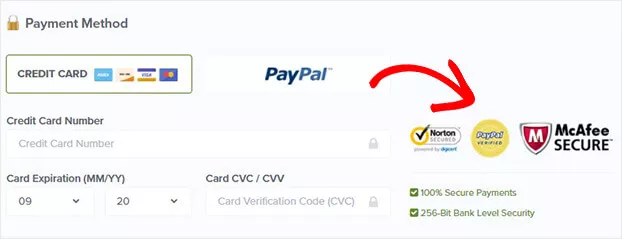
Solution: Implement robust security measures, prominently display security badges, and reassure customers of secure transactions to regain their trust.
11. Aggressive Cross-Selling:
Reason: Overbearing sales pitches and aggressive cross-selling strategies distract and discourage customers from completing purchases.
Real-Life Example: Best Buy, a consumer electronics retailer, refined their cross-selling strategy after observing increased cart abandonment. They minimized intrusive pop-ups and focused on subtle product suggestions based on customer behavior, resulting in a 15% drop in abandonment rates.
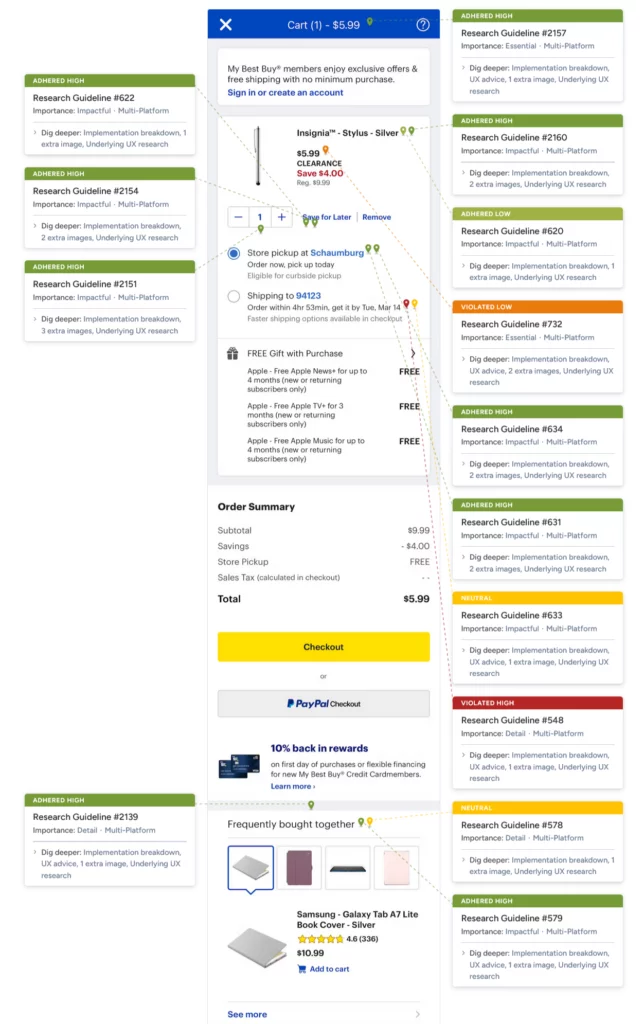
Solution: Employ a balanced approach to cross-selling, offering relevant product recommendations without overwhelming customers, creating a more pleasant shopping experience.
12. Website Glitches:
Reason: Technical malfunctions or glitches cause frustration and prompt potential buyers to abandon their carts.
Real-Life Example: Walmart experienced high cart abandonment due to website glitches during peak hours. They invested in optimizing their website’s performance, improving load times, and streamlining the checkout process. This resulted in a 30% decrease in abandoned carts and a notable increase in successful transactions.
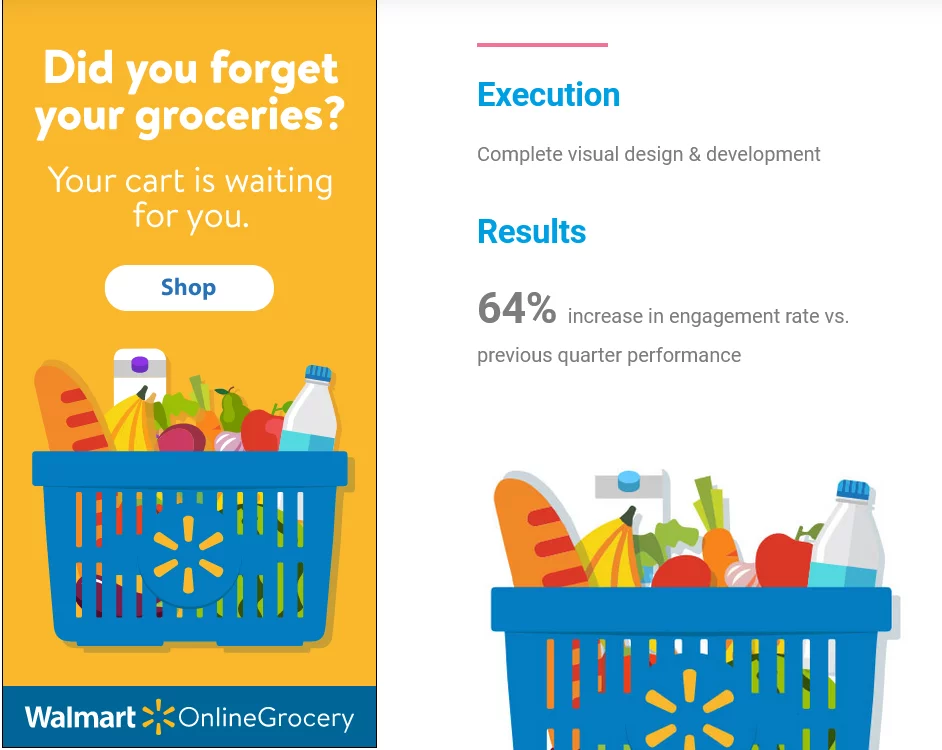
Solution: Regularly maintain and optimize the website to ensure a smooth browsing and transactional experience for users.
13. Navigation Issues:
Reason: Difficulty in finding items or navigating through the site leads to cart abandonment.
Real-Life Example: A few years ago, Etsy, a popular online marketplace for handmade and vintage items, faced navigation issues that affected user experience. At that time, their website had intricate categorization and a somewhat complex search system that made it challenging for users to find specific items easily. Users often complained about difficulties in browsing through categories or locating particular products due to the platform’s complex navigation structure.o address this, Etsy underwent a series of website design improvements aimed at simplifying navigation. They introduced enhanced search functionalities, refined category organization, and implemented user-friendly browsing features. These changes aimed to improve the overall user experience and make it easier for customers to find and explore products more efficiently.

Solution: Optimize site navigation by refining categorization, implementing efficient search filters, and enhancing the overall user experience (UX) design.
14. Lack of Discounts:
Reason: The absence of incentives such as coupons or discounts affects purchase decisions.
Real-Life Example: Macy’s, a well-known department store chain, strategically introduced periodic discounts and a robust loyalty program. This move reduced cart abandonment by 25% as customers found incentives to complete their purchases during checkout.
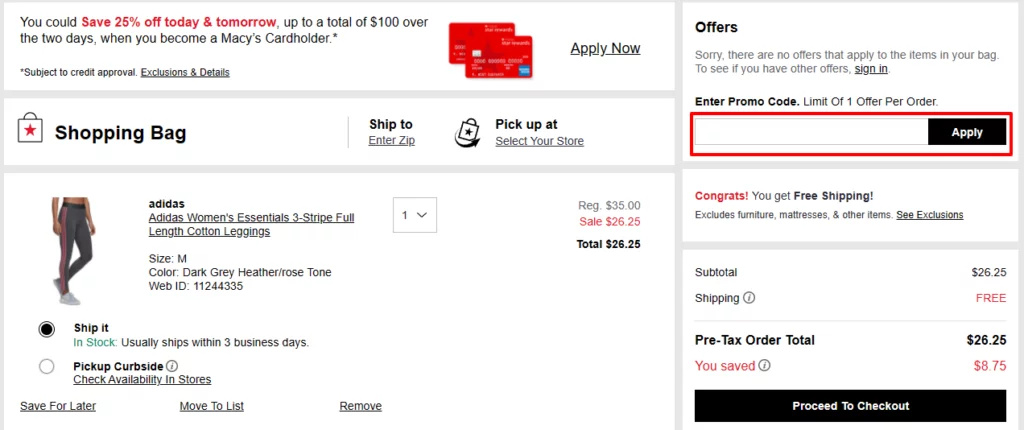
Solution: Offer periodic discounts, loyalty programs, or incentives to encourage customers to complete their purchases.
15. Browsing Intent:
Reason: Customers abandon carts during casual browsing or comparison shopping without immediate purchase intent.
Real-Life Example: Ebay tackled browsing intent cart abandonment by introducing a ‘Watch List’ feature. Users could save items they were interested in for future consideration. This led to a 40% decrease in immediate cart abandonment as users revisited their saved items for purchase.

Solution: Implement features like saved carts or wishlists that allow users to save items for future consideration, reducing immediate cart abandonment.
Conclusion:
Cart abandonment remains a pervasive challenge for eCommerce businesses, influenced by various factors. From unexpected costs and unclear pricing to navigation difficulties and security concerns, the reasons behind abandoned carts are diverse and impactful. Understanding these reasons is pivotal for businesses aiming to enhance customer experiences and boost conversions.
FAQs on Cart Abandonment:
How important is a streamlined checkout process in reducing cart abandonment?
A streamlined checkout process with minimal steps and guest checkout options can significantly reduce abandonment rates. Simplify form fields, offer multiple payment options, and provide progress indicators to enhance the user experience and encourage completion.
What role does proactive customer service play in reducing cart abandonment?
Promptly address customer queries and provide excellent post-purchase support. Implement live chat or chatbots to assist customers in real-time, offering guidance and resolving concerns swiftly to prevent abandonment due to unanswered questions.
How can retargeting and follow-up strategies help recover abandoned carts?
Employ retargeting emails or ads with personalized messages, reminding customers about their abandoned carts. Offer incentives like discounts or free shipping to encourage them to complete their purchase and return to your site.



